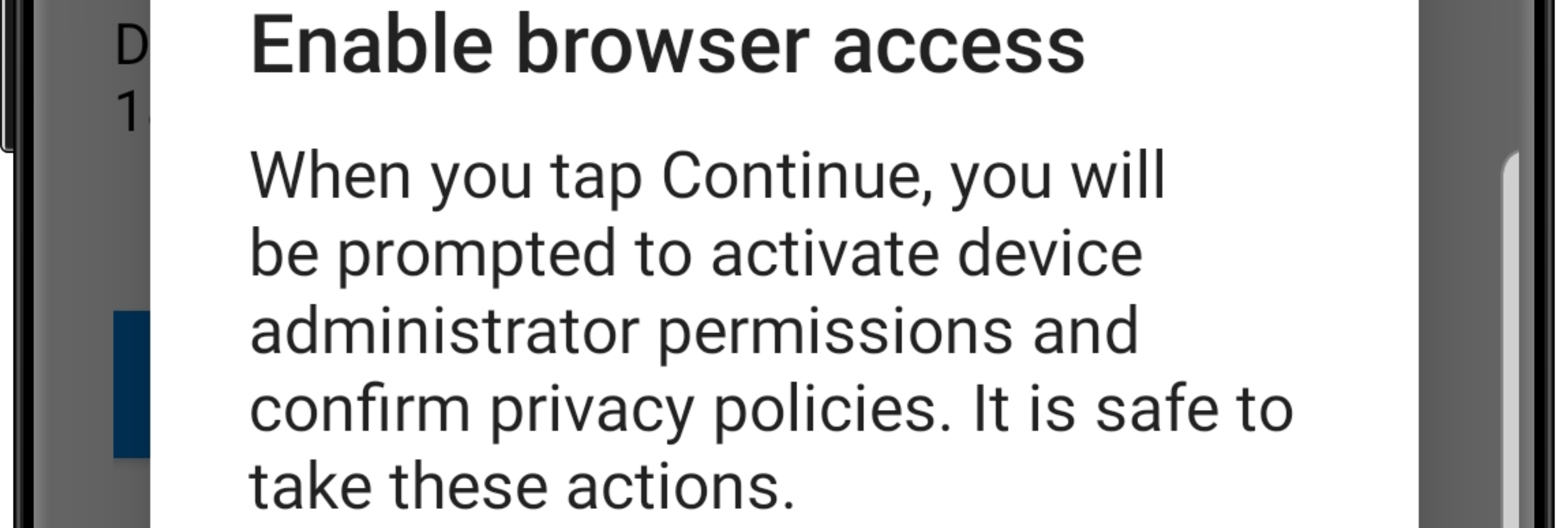Integrating Samsung Knox E-FOTA One with Microsoft Intune
This week is all about Samsung Knox Enterprise Firmware-Over-The-Air (E-FOTA). Samsung Knox E-FOTA is available in three editions, of which Samsung Knox E-FOTA One is the most advanced edition. That edition is also the subject of this post. Knox E-FOTA enables organizations to manage OS versions and security updates on corporate Samsung Knox devices. That enables organizations to extensively test updates on their devices in combination with their apps to make sure that new OS versions and security updates won’t cause any issues. Together with Microsoft Intune that experience can be even better. Microsoft Intune can be used to configure already managed Samsung Knox devices to use Knox E-FOTA and Microsoft Intune can also be used to synchronize groups with Samsung Knox devices to Knox …


